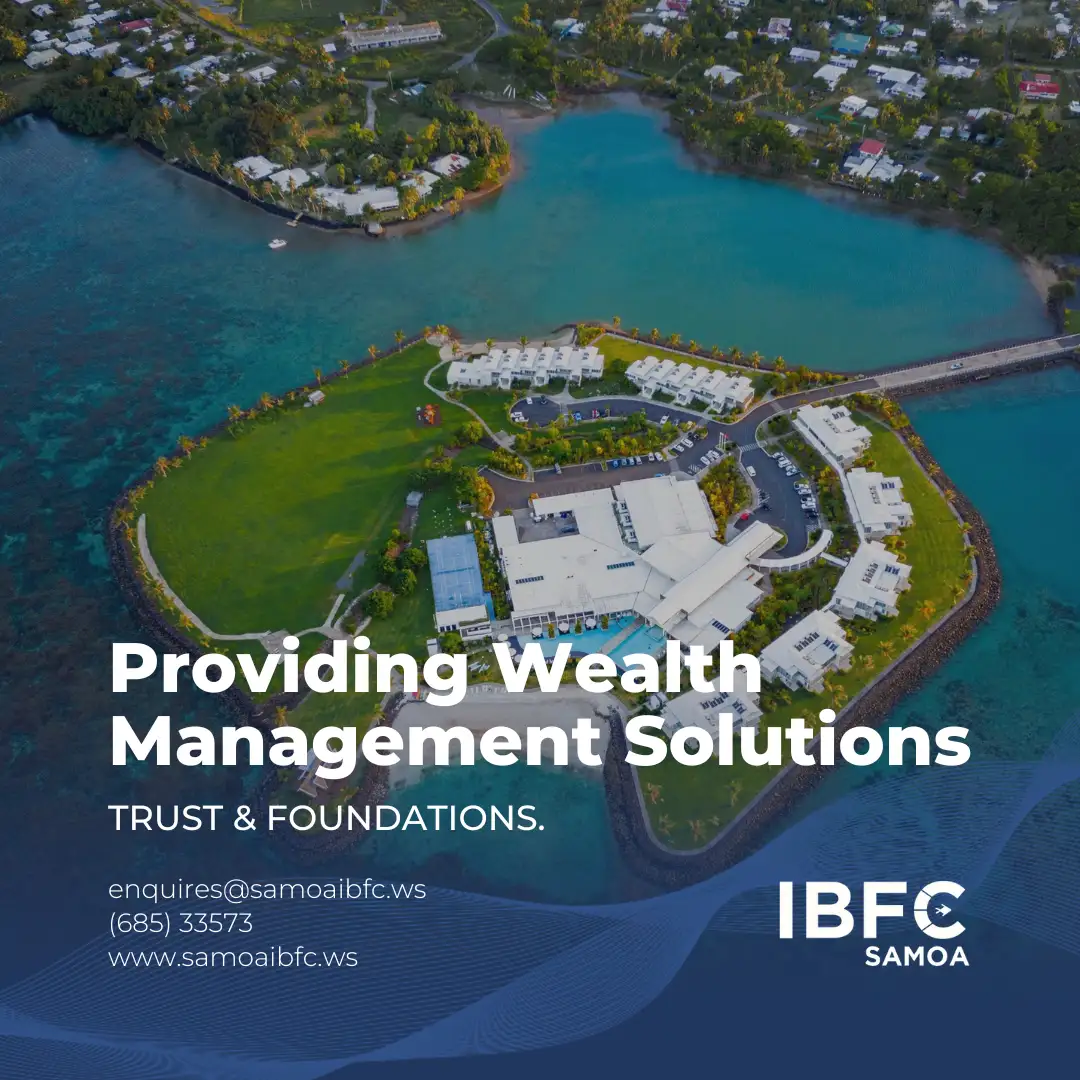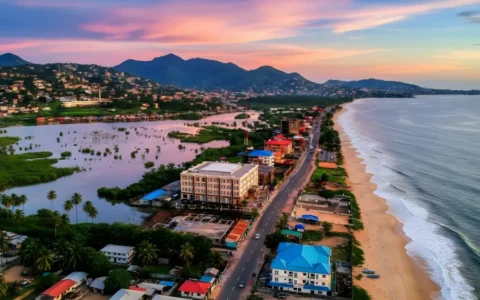In 2025, global millionaire migration is set to rise to a projected 142,000 relocations—up from around 134,000 in 2024. Destinations span across Asia and the Middle East, signaling that wealth mobility has fully matured beyond Europe and the Americas.
Source: Forbes
Asia: Diversifying Destinations Beyond Singapore
While Singapore continues to attract affluent families, ranking 4th globally in millionaire population, other parts of Asia are also gaining traction as wealth destinations. Cities like Hong Kong, projected to receive a net inflow of 800 millionaires in 2025, and Japan, expected to gain 600, are rising in appeal due to their stability, infrastructure, and investor-friendly frameworks. Meanwhile, Pacific hubs like New Zealand and Australia continue to offer competitive residency options through investment.
This shift reflects the growing sophistication of mobile capital: families are seeking global mobility, favourable tax systems, and lifestyle advantages—especially in Asia’s stable and strategically positioned economies.
Source: Henley Private Wealth Migration Report 2025 – Newswire
Middle East: Rising Magnets for Global Wealth
The Middle East is becoming a superstar in HNWI attraction—led by the UAE, with an expected 9,800 net gain of millionaires in 2025, followed by Saudi Arabia (+2,400). The Gulf’s success reflects holistic strategies: zero-income taxes, five-to-ten-year golden visas tied to property or business investment, lifestyle offerings, and minimal red tape.
Dubai and Abu Dhabi especially have seen high-profile moves from global billionaires and families, becoming not just regional, but global wealth hubs.
Source: NDTV
Which Countries Are Losing Millionaires?
While Asia and the Middle East are increasingly attracting high-net-worth individuals (HNWIs), several regions are experiencing a notable outflow of wealthy residents. According to the Henley Private Wealth Migration Report 2025, China is projected to record the highest net loss globally, with an estimated 15,200 millionaires expected to leave this year. This marks the third consecutive year China has topped the global wealth outflow list. The United Kingdom, once considered a top-tier destination for global
wealth, is forecast to lose around 16,500 millionaires in 2025, largely due to growing tax uncertainty and recent policy changes. India follows with a projected 4,300 departures, driven by factors such as estate planning needs, access to international education, and lifestyle benefits abroad. Other nations facing continued losses include Russia, Brazil, and parts of the EU.
Why Millennials of Wealth Are Moving
Across these regions, the reasons driving millionaire migration are becoming more nuanced:
- Political & Economic Stability: Emerging markets with clear governance and strong currency controls are viewed as safer than volatility-prone regions.
- Lifestyle & Education: Families seek better schooling, healthcare, and quality of life for the next generation.
- Tax Efficiency & Transparency: Zero- to low-tax jurisdictions with transparent compliance frameworks are highly preferred.
- Multi‑generational Planning: Residency investments offer entry into global systems—like Mercosur or GCC citizenship—that can extend benefits to children and grandchildren.
Source: Investopedia
What It Means Economically
- Recipient countries gain capital inflows, boost in property markets, startup initiatives, higher foreign exchange reserves, and raise global profiles.
- Origin countries suffer potential dips in investment, entrepreneurial activity, philanthropy, and tax revenues—though internal redistribution can offset some effects.
- Migration advisory ecosystems grow, with wealth advisors, legal experts, and developers ramping up to support HNWI needs.
A Shifting Map of Global Wealth
The current patterns of millionaire migration tell a compelling story: the geography of wealth is no longer static. As traditional centres like China, the UK, and India continue to experience sustained outflows, a new group of countries is emerging as wealth destinations—not just for lifestyle appeal, but for long-term financial strategy, security, and policy stability.
This movement isn’t only about tax optimization; it reflects a broader recalibration of global trust, governance, and opportunity. The rise of hubs such as the UAE, Saudi Arabia, Singapore, and Japan signals a more decentralised future of global wealth—where individuals are placing greater value on mobility, adaptability, and access to cross-border solutions.






